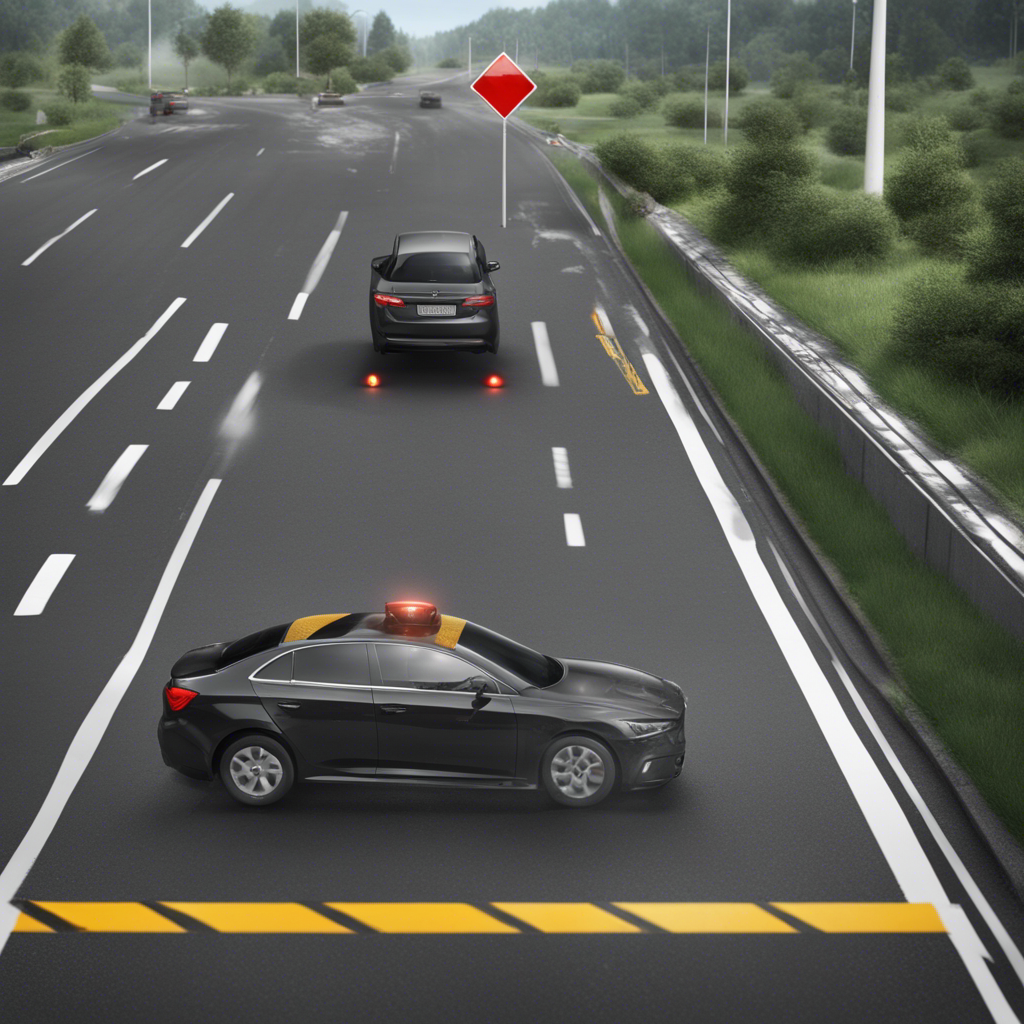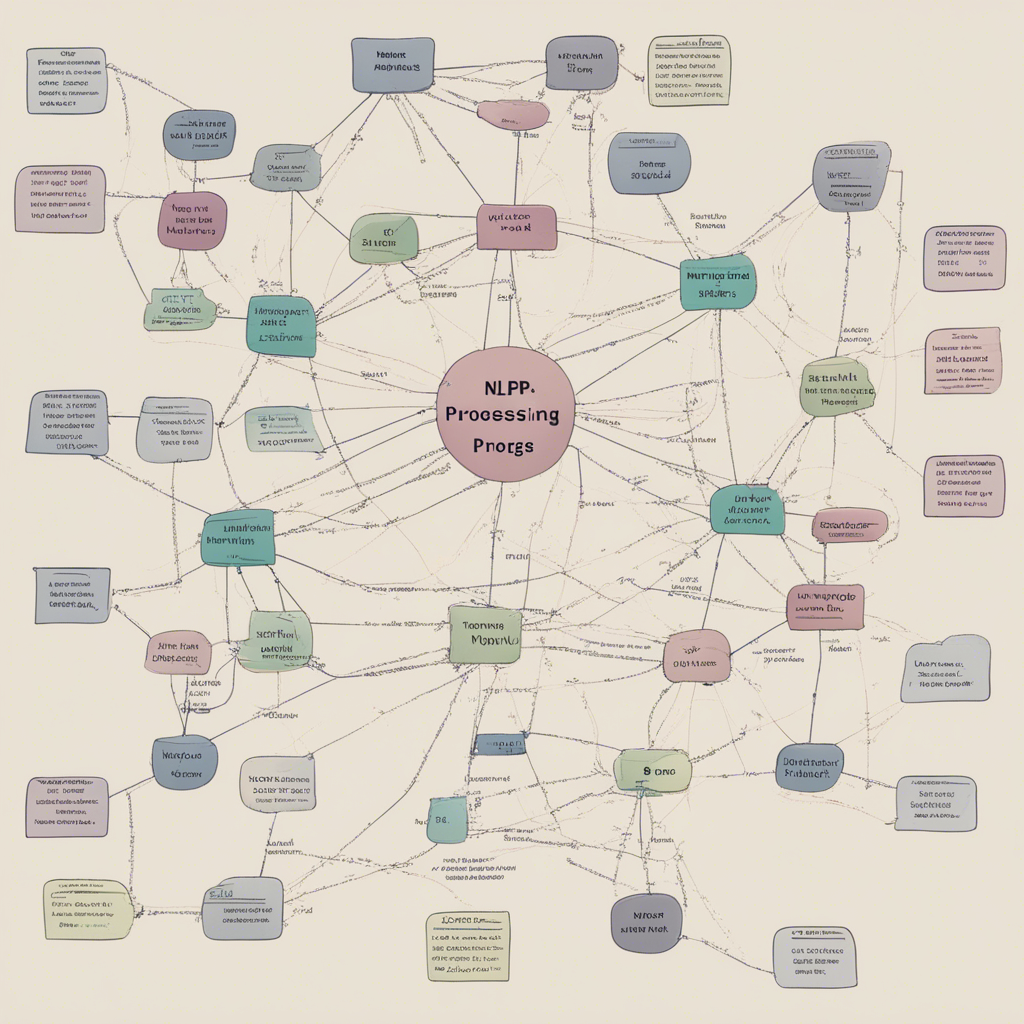
Reinforcement Learning for Games and Simulations: An In-depth Exploration
Reinforcement learning (RL) is a subfield of artificial intelligence (AI) that focuses on developing algorithms capable of making intelligent decisions through interactions with an environment. This unique approach to machine learning has gained significant attention in recent years, particularly in the realm of games and simulations.
In this comprehensive blog post, we will delve into the world of reinforcement learning for games and simulations, exploring its fundamentals, applications, challenges, and potential future developments. We will examine real-world use cases, discuss popular algorithms, and highlight notable achievements in the field. So, let’s get started!
Understanding Reinforcement Learning
Reinforcement learning revolves around the concept of an agent interacting with an environment and learning from the feedback or rewards it receives. The agent’s objective is to maximize its cumulative rewards by making optimal decisions based on the observed states and rewards in its environment.
At the core of reinforcement learning lies the Markov Decision Process (MDP), a mathematical formalization that represents the interaction between an agent and its environment. MDP models the environment as a series of states and actions, wherein the agent chooses actions based on the current state and receives rewards in return. This feedback loop allows the agent to learn and improve its decision-making capabilities over time.
Applications of Reinforcement Learning in Games and Simulations
Reinforcement learning has rapidly established itself as a powerful technique in games and simulations. By incorporating RL algorithms, game developers can create dynamic, adaptive, and intelligent agents capable of providing immersive and challenging experiences. Here are some notable applications:
1. Game AI Development
In the gaming industry, reinforcement learning has revolutionized the development of non-player characters (NPCs) or game bots. RL algorithms enable NPCs to learn and adapt to players’ strategies, creating more engaging and realistic gameplay experiences. This AI-driven approach has been successfully applied to a variety of game genres, from strategy games to first-person shooters.
2. Training Simulators
Reinforcement learning is also extensively used in training simulators for various domains, such as autonomous driving, robotics, and aviation. Simulations provide a safe and controlled environment for RL agents to learn and refine their skills. By leveraging RL techniques, these simulators can effectively mimic real-world scenarios, allowing agents to develop optimal decision-making abilities without endangering lives or expensive equipment.
3. Game Testing and Balancing
Reinforcement learning can be employed to automate the testing and balancing of video games. By training agents to play the game, developers can gather valuable insights into the gameplay experience, identify potential issues, and optimize game mechanics. RL agents can simulate thousands of gameplay sessions, uncovering patterns and anomalies that might go unnoticed otherwise.
Key Reinforcement Learning Algorithms
Several RL algorithms have emerged over the years, each with its strengths and weaknesses. Let’s take a closer look at some of the prominent algorithms utilized in games and simulations:
1. Q-Learning
Q-Learning is a fundamental and widely-used algorithm in reinforcement learning. It builds a Q-table that maps states and actions to their respective quality (Q) values. Through exploration and exploitation, the agent learns to select actions that yield the maximum cumulative reward over time.
2. Deep Q-Networks (DQN)
DQN is an extension of Q-Learning that leverages deep neural networks to approximate the Q-function. By using deep learning techniques, DQN can handle high-dimensional state spaces, opening doors to RL applications in complex games and simulations.
3. Proximal Policy Optimization (PPO)
PPO is a policy optimization algorithm that focuses on finding the optimal policy function in reinforcement learning. It achieves this by iteratively updating the policy in small steps while ensuring a balance between exploration and exploitation.
Challenges and Future Developments
While reinforcement learning has achieved remarkable successes in games and simulations, it still faces several challenges:
-
Sample Efficiency: RL algorithms often require significant amounts of data and interactions with the environment to learn. Overcoming the sample inefficiency problem is an ongoing research area, aiming to reduce the data requirements for learning in complex tasks.
-
Generalization and Transfer Learning: One key challenge in reinforcement learning is efficiently transferring learned knowledge from one task or environment to another. Developing robust transfer learning techniques remains an active area of research for improved RL performance.
-
Exploration-Exploitation Dilemma: Finding the right balance between exploration and exploitation in RL is critical. Balancing the exploration of uncharted states with exploiting known rewards is crucial for agents to learn efficiently and avoid getting stuck in suboptimal decision-making loops.
Looking ahead, there are several exciting advancements expected in the field of reinforcement learning for games and simulations:
-
Imitation Learning: Integrating imitation learning techniques with RL can yield more efficient and faster learning. By initially providing agents with expert or human demonstrations, RL algorithms can bootstrap their learning process.
-
Multi-Agent Reinforcement Learning: Extending reinforcement learning to multi-agent scenarios introduces additional complexities and challenges. However, it opens doors to more realistic simulations and interactive environments, where agents can learn from and compete with each other.
-
Meta-Learning: Meta-learning, also known as “learning to learn,” aims to develop agents capable of learning new tasks quickly and effectively. By building upon prior learning experiences, agents can adapt more rapidly to new games or simulation environments.
Conclusion
Reinforcement learning has emerged as a powerful tool for developing intelligent agents in games and simulations. Its ability to learn from interactions with an environment and optimize decision-making processes make it ideal for creating immersive and challenging experiences. From game AI development to training simulators and game testing, RL has found extensive applications in the gaming industry.
Prominent algorithms like Q-Learning, Deep Q-Networks, and Proximal Policy Optimization have driven significant advancements in the field. However, challenges such as sample inefficiency and the exploration-exploitation dilemma continue to shape the research agendas of reinforcement learning practitioners.
As the field progresses, exciting developments in imitation learning, multi-agent reinforcement learning, and meta-learning hold promise for more efficient and adaptable RL algorithms. It is an exciting time for reinforcement learning, as it continues to push the boundaries of what is possible in the world of games and simulations.
References:
- Sutton, R. S., & Barto, A. G. (2018). Reinforcement Learning: An Introduction. A Bradford Book.
- Bellemare, M. G., et al. (2013). Arc connections: Applying reinforcement learning to small-scale systems. Google AI.
- Silver, D., et al. (2017). Mastering the game of Go without human knowledge. Nature, 550(7676), 354-359.






